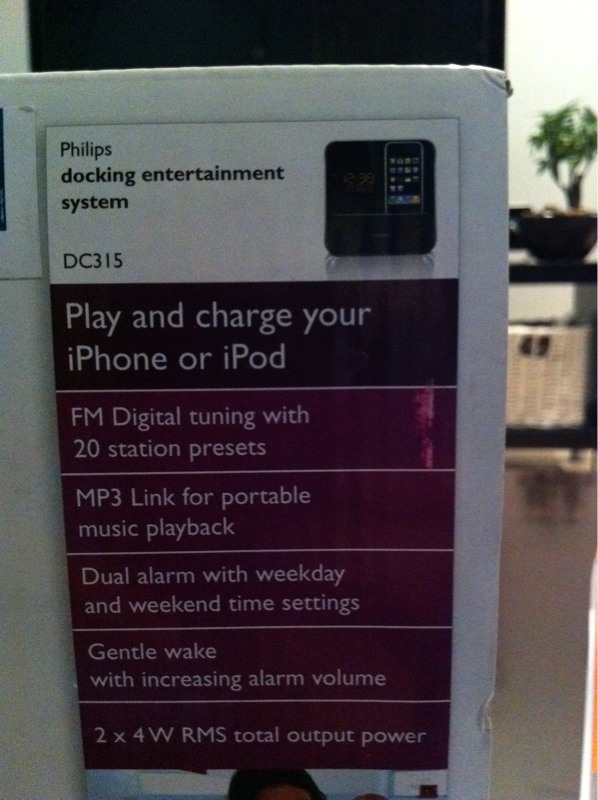 Table of Contents: Page Index ASUS P8Z68V PRO Motherboard The Intel Z68 Express Chipset Closer look: ASUS P8Z68 Closer look Continued Motherboard Testing Methodology AIDA64 Extreme Edition Tests CINEBENCH R11.5 Benchmarks PassMark Performance Test Media Encoding Benchmarks SPECviewperf 11 Tests SPECapc Lightwave Street Fighter IV and Blender P8Z68-V Pro Overclocking Z68 Motherboard Final Thoughts ASUS P8Z68-V Pro Conclusion Page 14 of 15
Table of Contents: Page Index ASUS P8Z68V PRO Motherboard The Intel Z68 Express Chipset Closer look: ASUS P8Z68 Closer look Continued Motherboard Testing Methodology AIDA64 Extreme Edition Tests CINEBENCH R11.5 Benchmarks PassMark Performance Test Media Encoding Benchmarks SPECviewperf 11 Tests SPECapc Lightwave Street Fighter IV and Blender P8Z68-V Pro Overclocking Z68 Motherboard Final Thoughts ASUS P8Z68-V Pro Conclusion Page 14 of 15
The Intel Z68 chipset really brings Sandy Bridge processors into their full-featured birthright. The intial Cougar Point chipsets all hobbled the new CPUs in one way or the other: you couldn’t use the integrated GPU, or you couldn’t overclock. The Z68 removes these arbitrary restrictions, and along with Lucid’s Virtu, enables new options in system configuration.
Lucid (formerly LucidLogix) originally came onto the enthusiast scene with their "Hydra" chip that promised vendor-independent multi-GPU scaling, i.e. the ability to use multiple ATI and NVIDIA cards in the same system, combining their performance. Hydra never worked as well as Lucid had hoped, although in some situations the performance gains could be significant. While Lucid’s "Virtu" GPU virtualization software still has some rough edges— you must manually designate programs you want it to apply to, and not all programs can be so designated— but within these relatively minor constraints it works very well, imposing roughly a 5% performance penalty as compared with a "native" Radeon 6850 in my testing, and saving a significant amount of power when the performance of the discrete video card isn’t needed. Remember, though, that multi-GPU setups cannot benefit from Virtu’s i-Mode and its power-saving features. Perhaps NVIDIA’s forthcoming Synergy will enable power savings for NVIDIA SLI setups.
Even without Virtu, you can connect two monitors (one to the VGA port and one to the HDMI port) to the motherboard while still using monitors connected to a separate graphics card: four monitors total with only one card! While this isn’t the same as AMD Eyefinity (you wouldn’t get decent 3D performance on the monitors connected to the motherboard in this mode), it’s still a nice option for some setups.
When speaking with an ASUS representative about this motherboard, I was asked if there was anything I didn’t like about the board, or any improvements I could suggest. While the board doesn’t come with some of the extra features of ASUS’ "Extreme" and "Formula" level motherboards (but I’m sure we’ll see fancier Z68 motherboards from ASUS), I don’t think most of those features matter much any more. Voltage read points for extreme overclockers? Almost irrelevant with the advent of ultra-accurate digital power systems. External overclocking or status panels? with ASUS’ BT go! feature, my iPhone does more than these ever could. Extra fans for motherboard chipsets? not needed with the cool-running Cougar Point silicon. On-board POST display? OK, I’ll take that one…
The features that really matter are there: evolved versions of ASUS’ TPU and EPU processors; more overclocking options than I can really count, native USB 3 header with rear-panel breakout for cases without USB 3 support, four SATA 6G and four USB 3 ports, and nifty things like MemOK!, where pressing a single button will reset your memory to guaranteed-bootable settings, and AI Charger, and probably more stuff I forgot to mention- this motherboard has so many features and capabilities that there simply wasn’t time to get to them all for this review.
I’d prefer more PCI-E lanes, but that’s really up to Intel, not ASUS…but maybe a "P8Z68 Extreme" board could incorporate an NF200 chip! Really, though, the only things I’d change about this board’s hardware are:
- Use DIMM sockets with latches on both sides. Originally, the single-latch sockets were designed to clear a large video card in the first slot, but unless someone makes a really long PCI-E x1 card, this isn’t a consideration for this board. The single latch design makes it possible to have memory not fully inserted in the slot; with a dual-latch design, you know it’s right if you can close both latches.
- Ditch the middle PCI slot and replace it with a PCI-E x4.
but that’s all I’ve got. this board is the perfect platform for any enthusiast looking to build a high performance Sandy Bridge system. The features and performance of this motherboard with a Core i7 2600K processor are so compelling that the X58 platform, for all its extra PCI-E lanes, available hexacore processors, and triple-channel memory system, just doesn’t seem very relevant any more. And I’ve heard from an industry insider that it’s very likely that the forthcoming Ivy Bridge processors, whose 22nm process and 3D transistors will enable another substantial jump in performance (although I discount reports that desktop Ivy Bridge processors will be able to run on two "AA" batteries and be fast enough to rip holes in spacetime) will be able to run on Z68 platforms with nothing but a BIOS upgrade. It’s a rumor, true, but still…